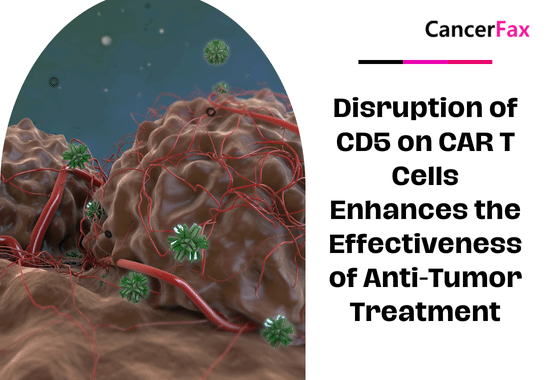Treatment of non-small cell lung cancer
The treatment of lung cancer mainly uses surgery, radiotherapy and chemotherapy, and surgery is still the most effective method for the treatment of lung cancer in the early and middle stages. However, for central lung cancer, due to the special location of the lesion, traditional surgical procedures are difficult to implement, and patients often lose the chance of cure.
Central lung cancer refers to lung cancer that occurs in the bronchi, lobular bronchus, and lung bronchus, with squamous carcinoma and undifferentiated carcinoma mostly. Surgery is rarely used for central lung cancer. This is because central lung cancer is located near the hilum. It is difficult to remove, and the surgical effect is not ideal. It is easy to induce bone metastasis . Therefore, in the past, clinicians often were helpless when treating central lung cancer.
Even with the improvement of lung surgery technology, the use of intrapericardial pneumonectomy has expanded the surgical indications to a certain extent and increased the resection rate. However, according to clinical data, in the treatment of central lung cancer, the efficacy of surgical resection is not well evaluated, especially for patients with advanced lung cancer, surgical resection is generally discouraged. The treatment of central lung cancer, even if it is a thoracotomy, is mostly exploration surgery and palliative surgery. The older patients have a bad heart and it is difficult to pass the surgical anesthesia.
The birth of EDGE has completely changed the dilemma of the treatment of central lung cancer. This technology can effectively remove tumor lesions in vitro and remove the central lung cancer lesions in vitro. The treatment effect can be comparable to surgical operations, but there is no surgical operation for patients. Caused by trauma and side effects.
Experts from the Global Oncologist Network introduced that EDGE, which was launched in 2014, is by far the most advanced in-vitro non-invasive tumor removal technology. It can remove tumor lesions in the body without any damage to the patient’s body and immune system. This technique is particularly suitable for patients with tumors that were previously inoperable, such as lung cancer, brain tumors, spine tumors, head and neck tumors, pancreatic cancer, prostate cancer and other diseases.
Male, 53 years old, suffering from non-small cell lung cancer with multiple metastatic brain tumors. In early June 2014, he went to Henry Ford Hospital for EDGE non-invasive radiosurgery. EDGE treatment 3 times, continuous daily treatment, once a day, each time takes about 12 minutes. The first time after operation, the patient’s headache was obviously relieved, and the patient is generally in good condition so far. During the follow-up in early September, the local hospital in Taipei underwent MRI examination: 0.9 and 4 cm3 tumors in the brain almost disappeared, and 6.5 cm3 tumors in the lungs decreased by more than 98%.
The EDGE Radiosurgery system (EDGE radiosurgery tumor treatment system) was developed by the American Varian company and was approved by the US FDA on January 23, 2013. EDGE is by far the most effective non-invasive tumor removal technology. It uses the unique FDA’s Calypso® GPS for the Body® system and surface beam monitoring system approved on July 21, 2014 to dynamically monitor and lock in real time at a high frequency of up to 10 milliseconds. During the treatment, the tumor “escapes”, combined with a new generation of IGRT and other image guidance technologies, and uses a unique high-intensity HD-MLC collimator up to 2400MU / min to remove tumor tissue with almost no residual accuracy.
The world’s first EDGE system settled in the United States Henry Ford Health System (HFHS, American Henry Ford Medical Group) in September 2013, and began its first operation in March 2014.
EDGE has an excellent therapeutic effect on solid tumors such as head tumors, lung cancer including breast cancer, spine tumors, liver cancer and other tumors that are difficult to perform in conventional surgery. The entire treatment process is non-invasive, no anesthesia, no hospitalization, each treatment time is 8-20 minutes, once a day, up to 5 times, continuous daily treatment. EDGE treatment has almost no side effects, almost no damage to important organs, and almost no effect on the body’s anti-cancer immune system.
Advantages of EDGE radiosurgery non-invasive surgery
Ø Short treatment time: 8-20 minutes each time;
Ø Treatment times: a total of 1-5 times, continuous treatment, once a day;
Ø High efficiency: multiple tumor foci can be cleared at the same time;
Ø Real-time tracking of tumor escape and removal: Track and lock the “escape” tumor with a very high frequency of 10 milliseconds and remove;
Ø Good removal effect: high strength, high precision and high accuracy, complete removal of tumor tissue with almost no residue;
Ø There is almost no damage to important organs: almost no damage to important tissues and organs;
Ø The body’s anti-cancer immune system damage has little effect: it has almost no effect on the patient’s own immune system;
Ø Convenience: no anesthesia and no hospitalization;
Ø Side effects: There are almost no side effects.

